Shooting pain or numbness that starts deep in one buttock and zips down the leg often signals piriformis syndrome—also called deep‑gluteal syndrome. At The PT Zone, we combine hands‑on release, nerve‑gliding, and strength work to calm sciatic irritation, loosen the piriformis, and help you sit, walk, or run without that sharp burn.
- Ease buttock pain and sciatic‑type tingling
- Restore hip mobility for smoother motion
- Release tension in the piriformis & gluteal muscles
- Strengthen hip stabilizers to prevent flare‑ups
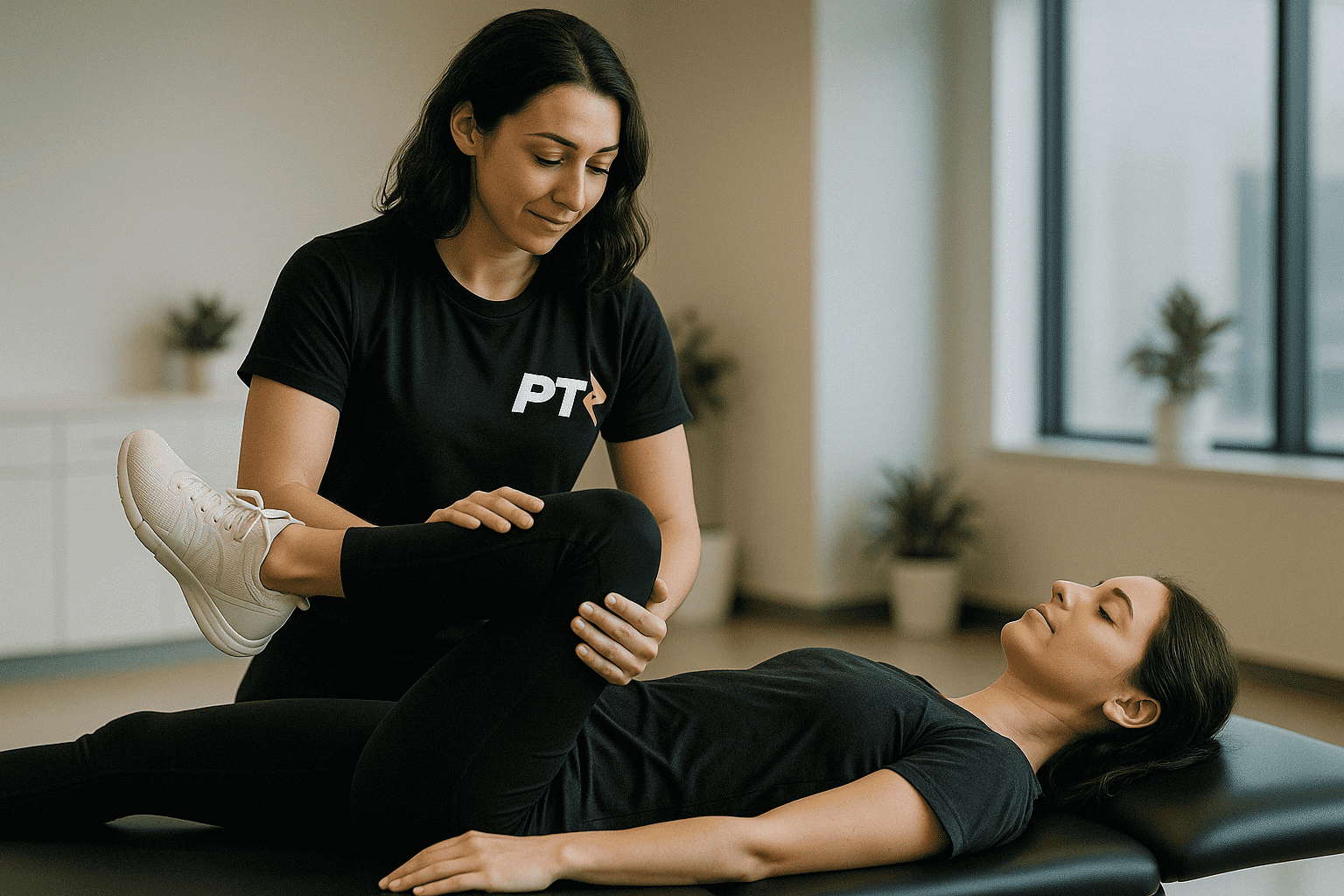
Free Your Hip and
Soothe Sciatic‑Type Pain
Why it hurts: The piriformis muscle lies beneath the glutes and crosses over the sciatic nerve. When it spasms—after long drives, wallet‑sitting, overstriding in a run, or hip weakness—it pinches the nerve, causing buttock ache and zinging leg pain. Our first step is pinpointing the culprit: stiff hips, weak deep rotators, or daily habits keeping the piriformis “on guard.” Addressing those roots delivers relief that sticks.
Early relief: Gentle soft‑tissue release, dry needling, and nerve‑glide drills calm the irritated pathway. Targeted stretches lengthen the piriformis without yanking on the nerve. Many clients notice a drop in pain within the first few sessions as inflammation subsides and circulation improves.
Building resilience: We layer hip‑strength work—clamshells, single‑leg bridges, suitcase carries—so surrounding muscles share the load. Gait tweaks, seat‑height fixes, and advice on removing bulky pocket items cut day‑to‑day pressure on the nerve.
Your long‑term plan: Dynamic warm‑ups, foam‑rolling the glutes, and periodic mobility checks keep the piriformis supple. With a clear home program, deep‑gluteal syndrome becomes a resolved chapter—not a chronic pain story.
Our Therapies for Piriformis Syndrome:
Manual release, nerve‑gliding, hip‑strength progressions, dry needling, and ergonomic tweaks—everything you need to sit, stride, and sprint pain‑free.
-
Balance Training
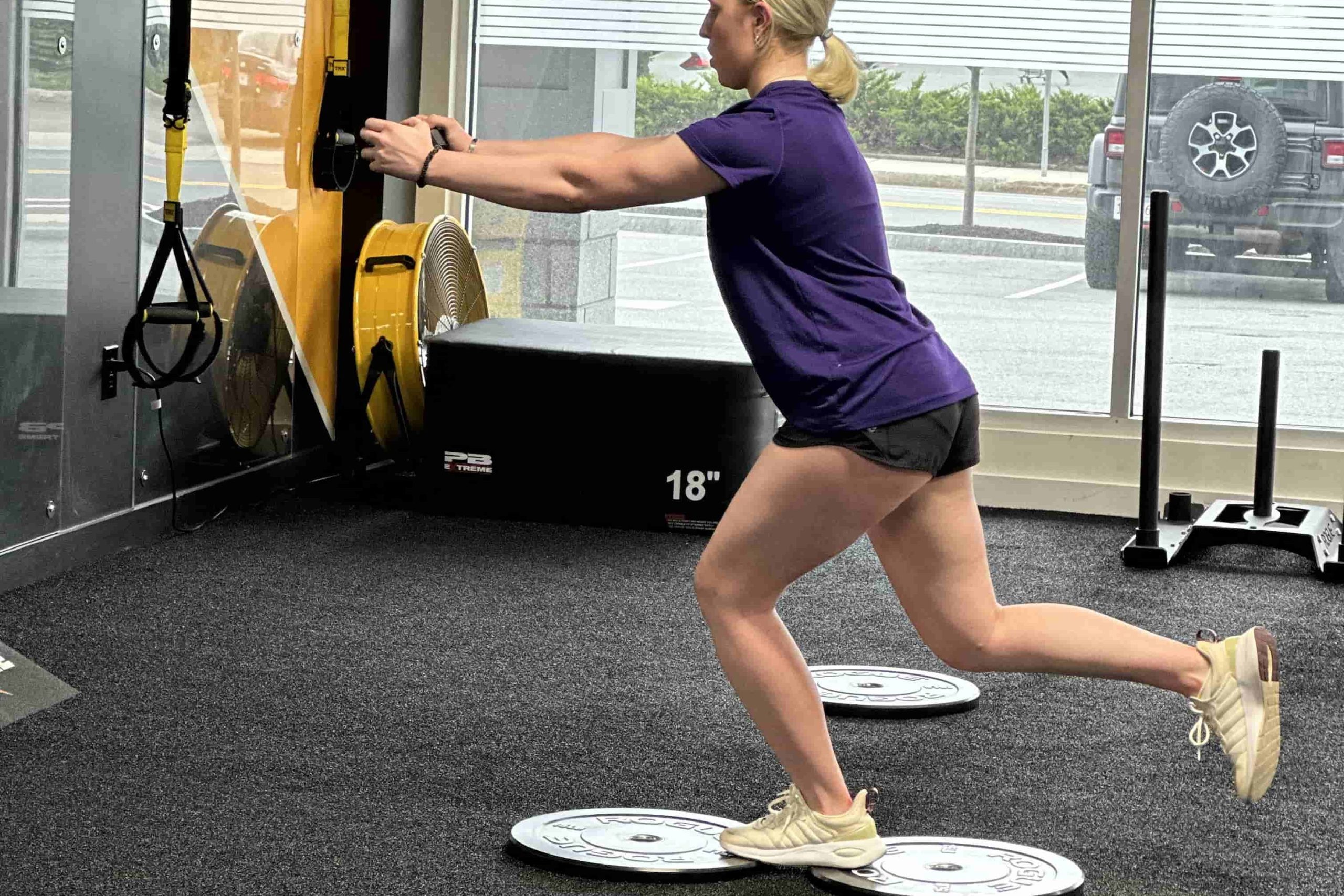
Balance Training is a specialized approach that strengthens stabilizing muscles, enhances coordination, and reduces fall risks, ultimately improving posture and promoting confident movement.
-
Certified Manual Therapy
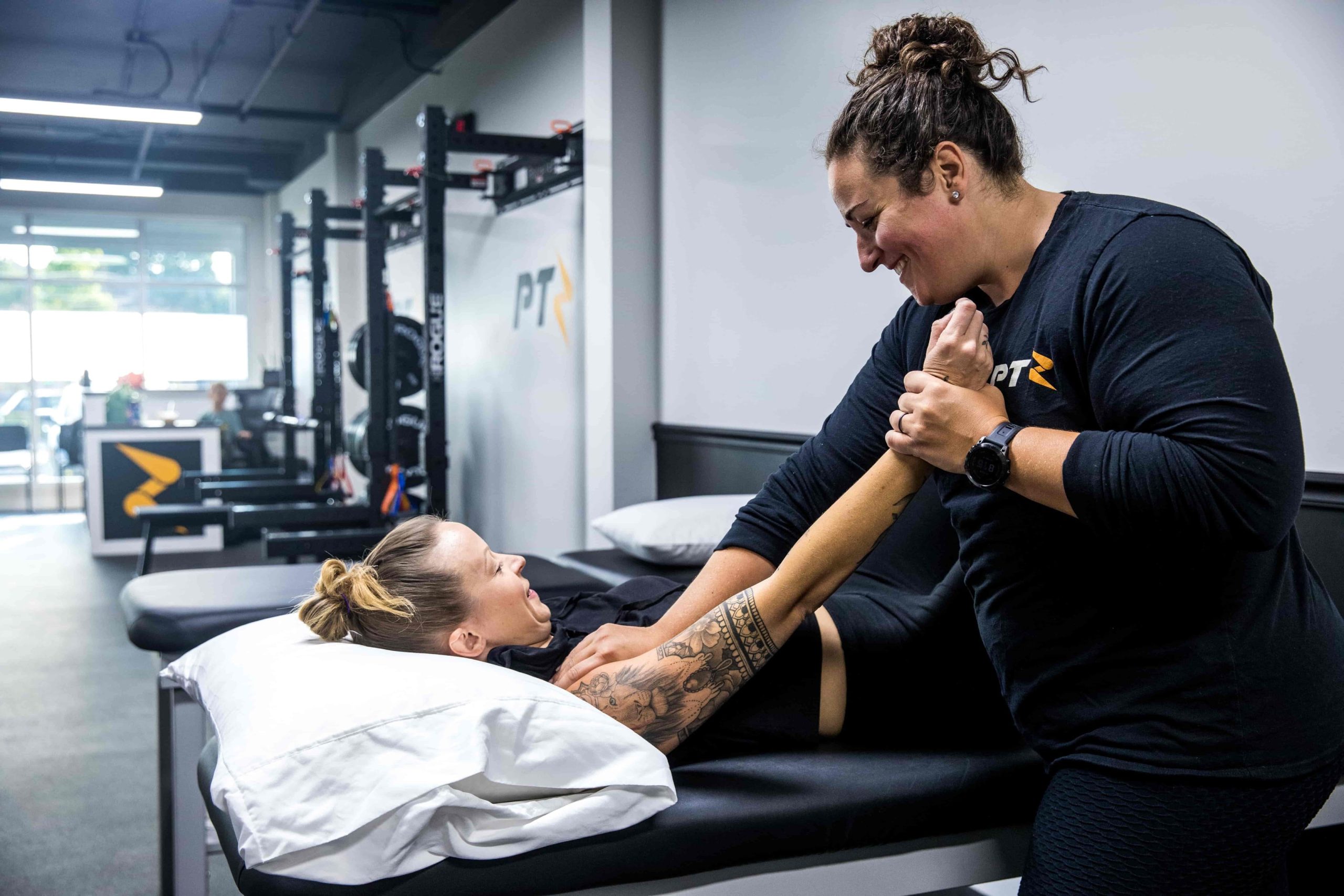
Certified Manual Therapy is a hands-on approach that addresses joint, muscle, and connective tissue dysfunction, reducing pain, improving alignment, and promoting faster, more efficient recovery.
-
Cupping
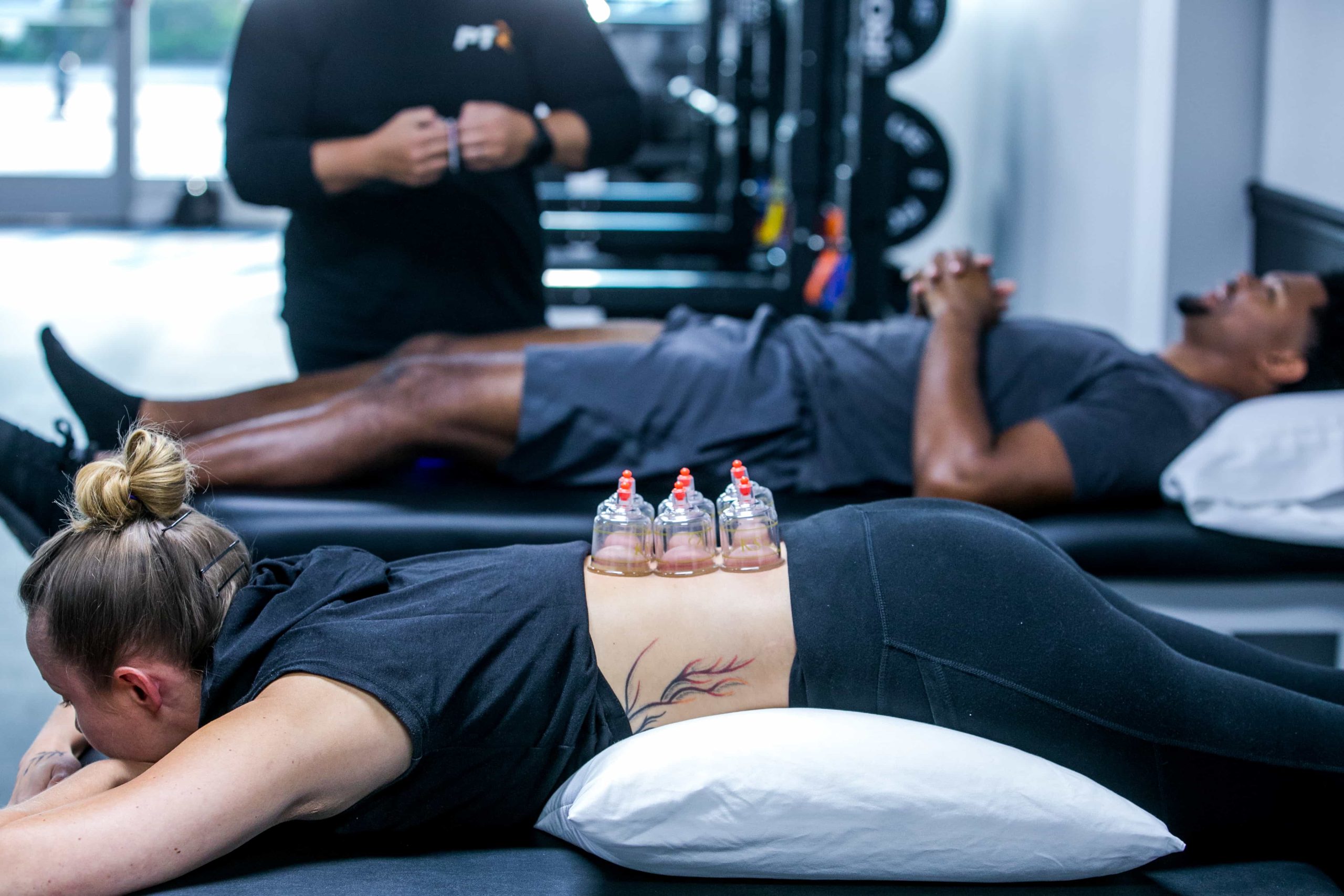
Cupping therapy is an ancient healing technique that uses suction to enhance circulation, relieve muscle tension, and promote the body’s natural recovery process.
-
Dry Needling
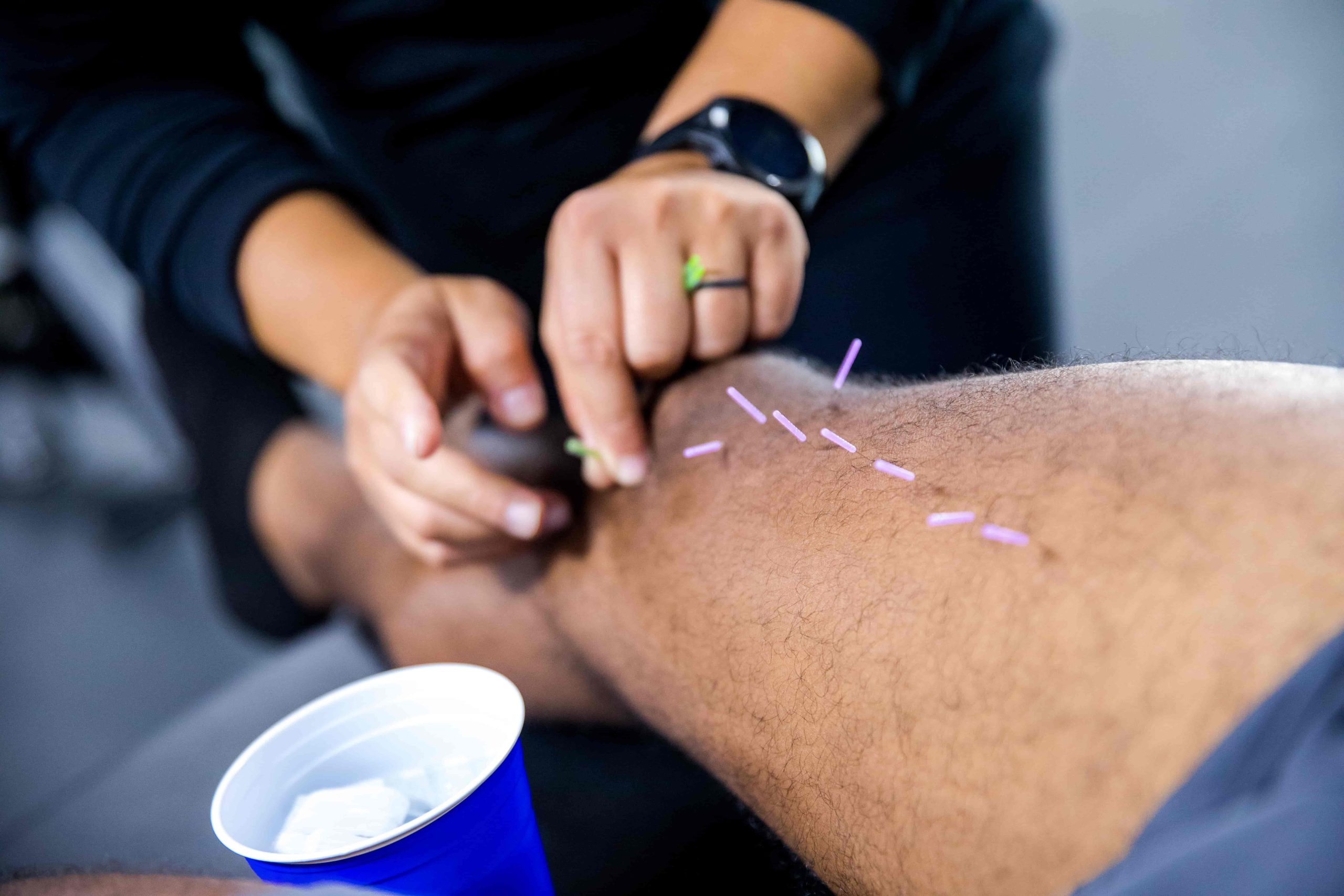
Dry needling is a modern therapy that targets muscle trigger points with thin needles to relieve pain, reduce tension, and restore mobility.
-
Gait Training
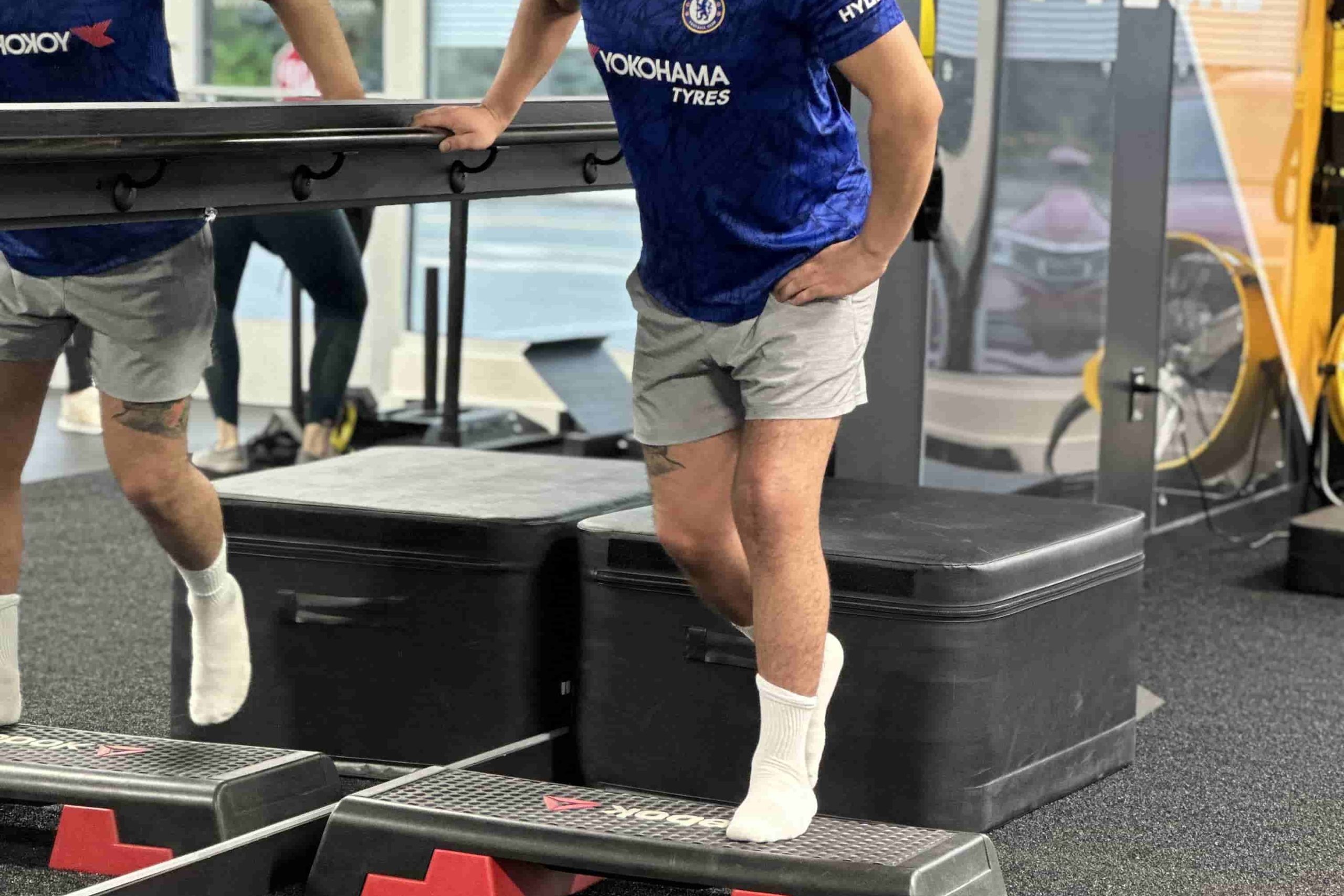
Gait Training is a specialized approach that enhances walking mechanics, improves lower-limb strength, and reduces re-injury risks, ultimately promoting more efficient movement.
-
Graston Technique
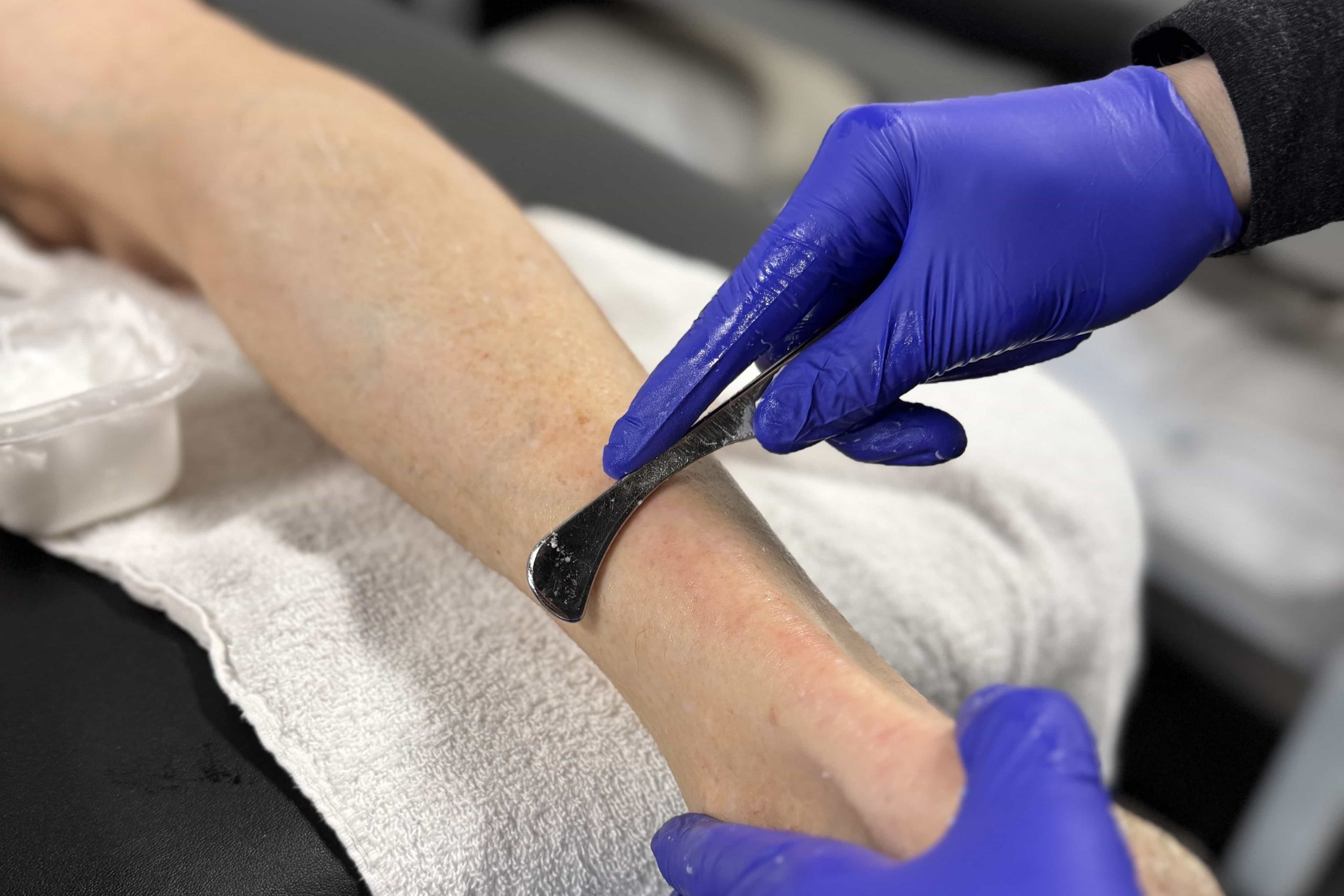
Graston Technique is a specialized manual therapy that uses stainless steel instruments to break down scar tissue, improve mobility, and accelerate healing.
-
Kinesiotaping
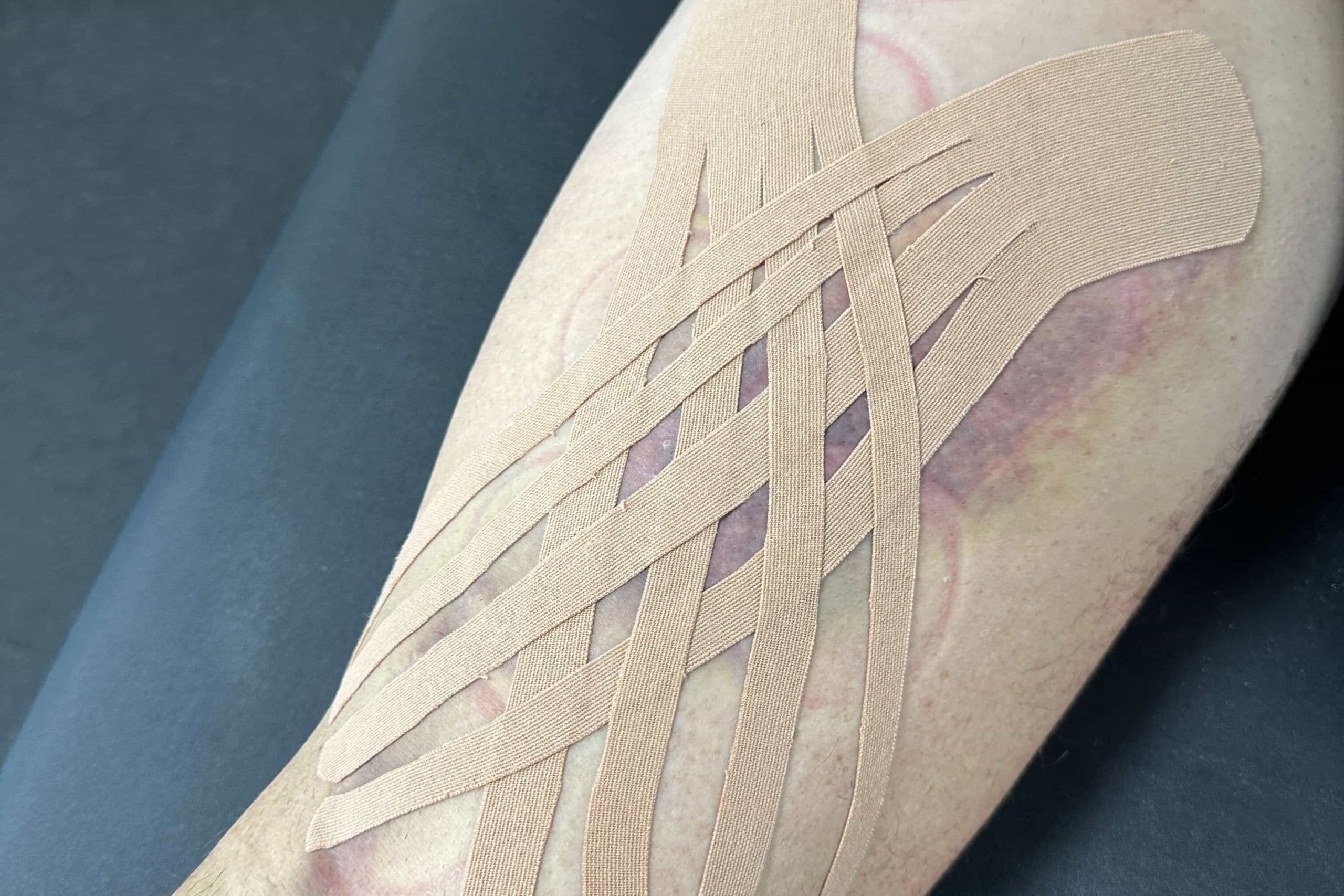
Kinesiotaping is a flexible taping method that provides gentle support, improves circulation, and helps maintain natural movement for a more comfortable and effective recovery.
-
Manual Traction
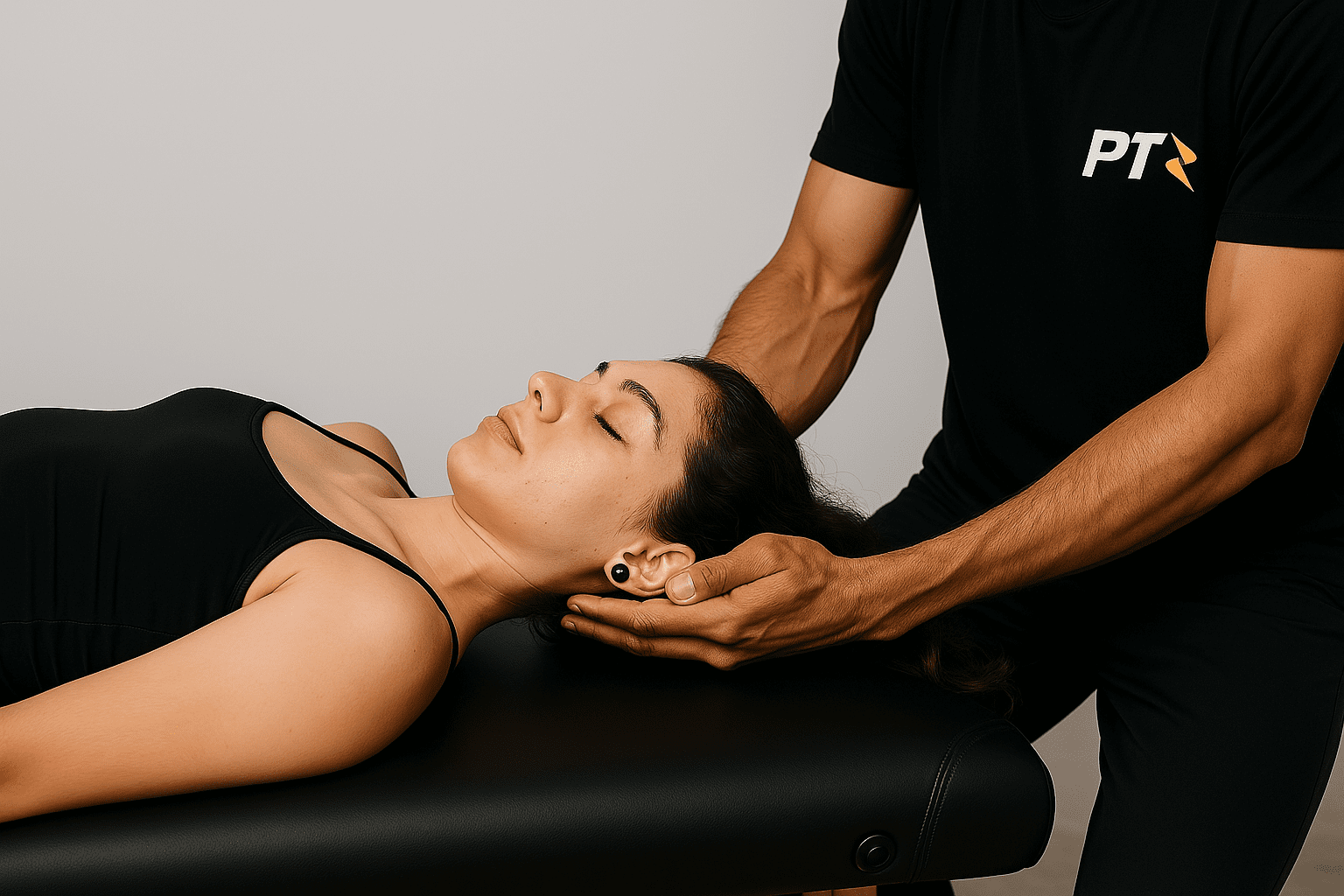
Manual Traction is a gentle, hands-on method used to decompress the spine, relieve pressure on discs and nerves, and improve overall comfort and mobility.
-
Post-Surgical Rehab
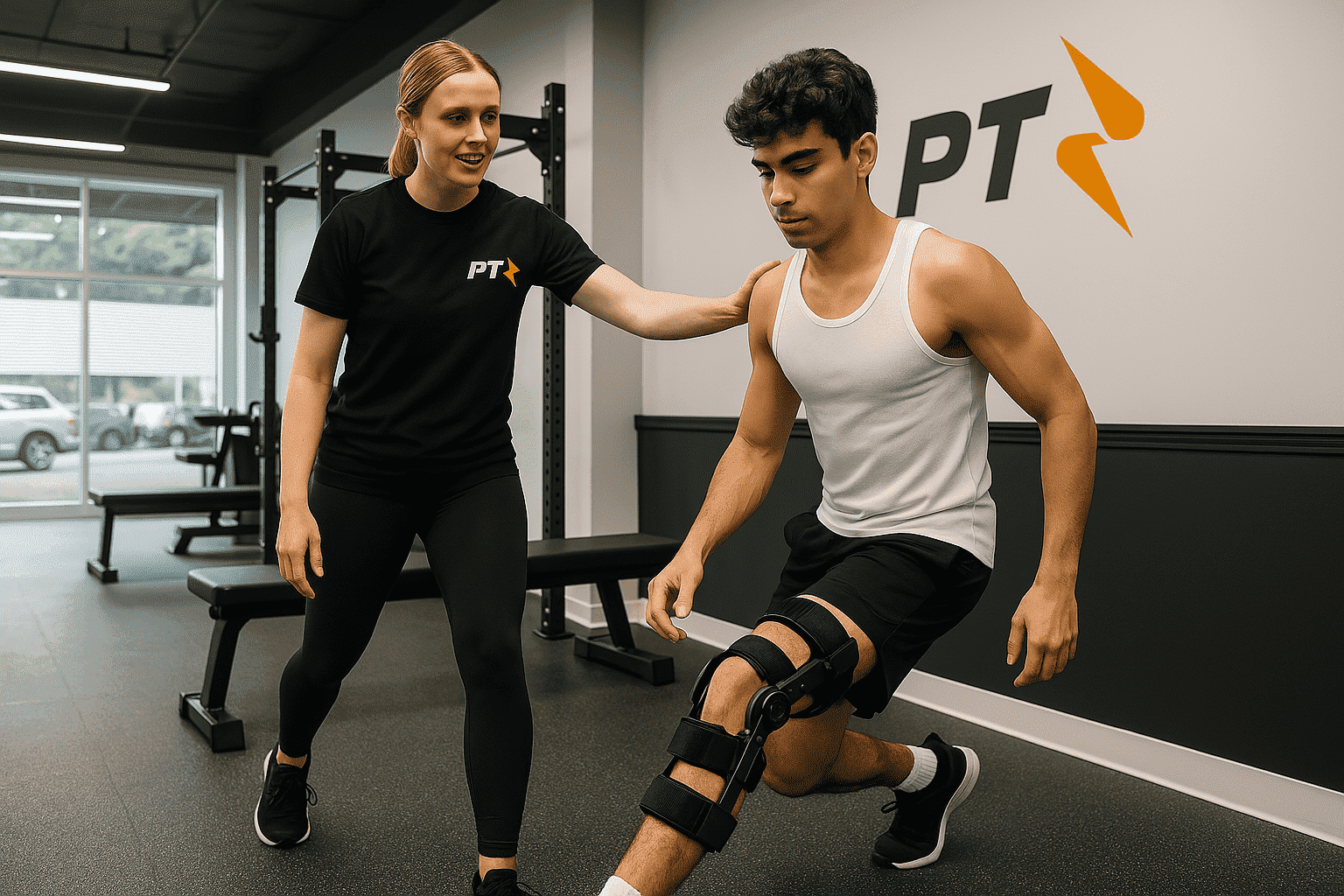
Post-Surgical Rehab is a structured recovery process designed to restore mobility, manage pain, and rebuild strength after surgery, ensuring a safer and faster return to your everyday activities or sports.
-
Physical Therapy for Weightlifters & CrossFit
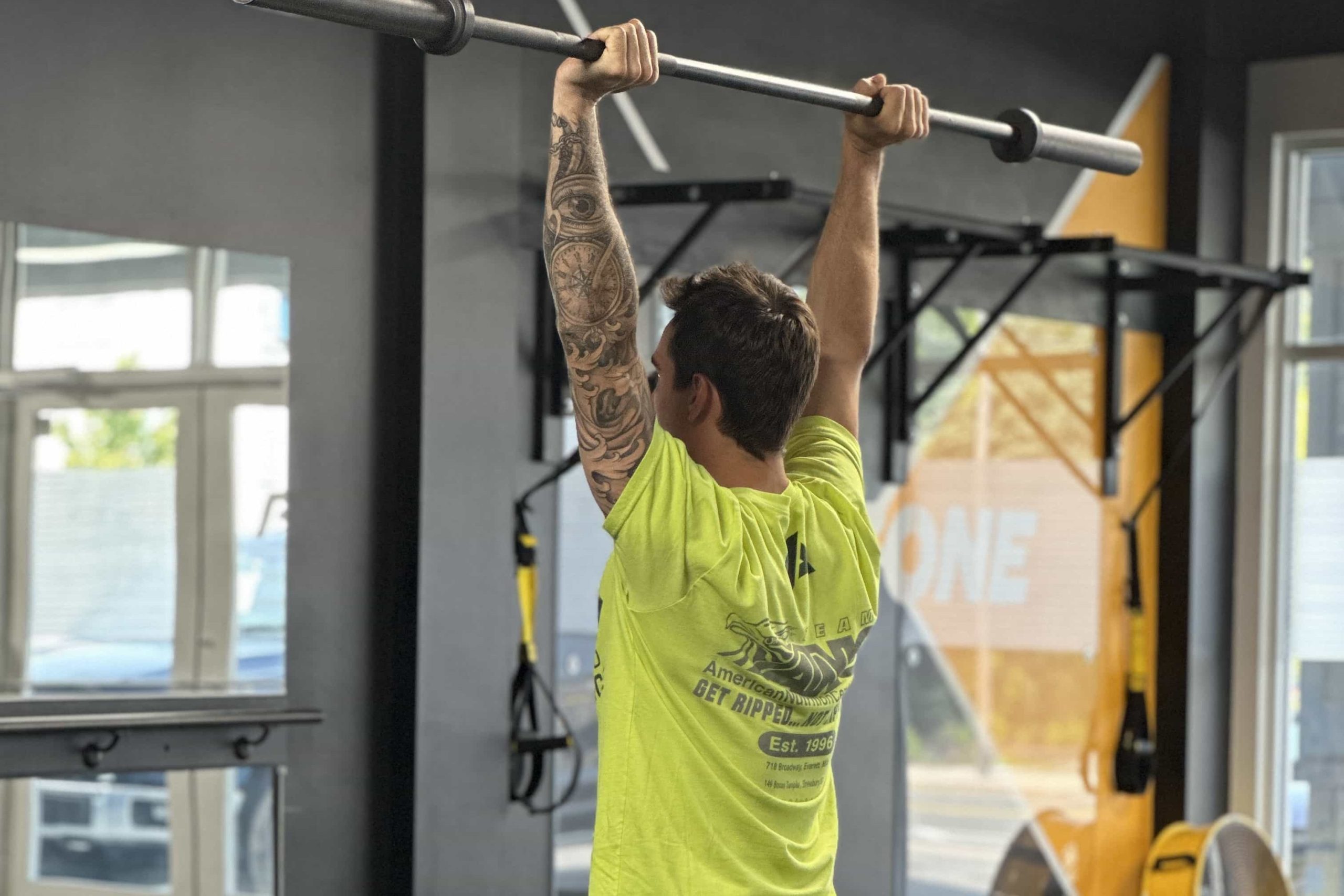
Physical Therapy for Weightlifters & CrossFit focuses on proper lifting mechanics, correcting muscle imbalances, and managing stress on joints to prevent pain, accelerate recovery, and enhance overall strength gains.
-
Physical Therapy For Runners
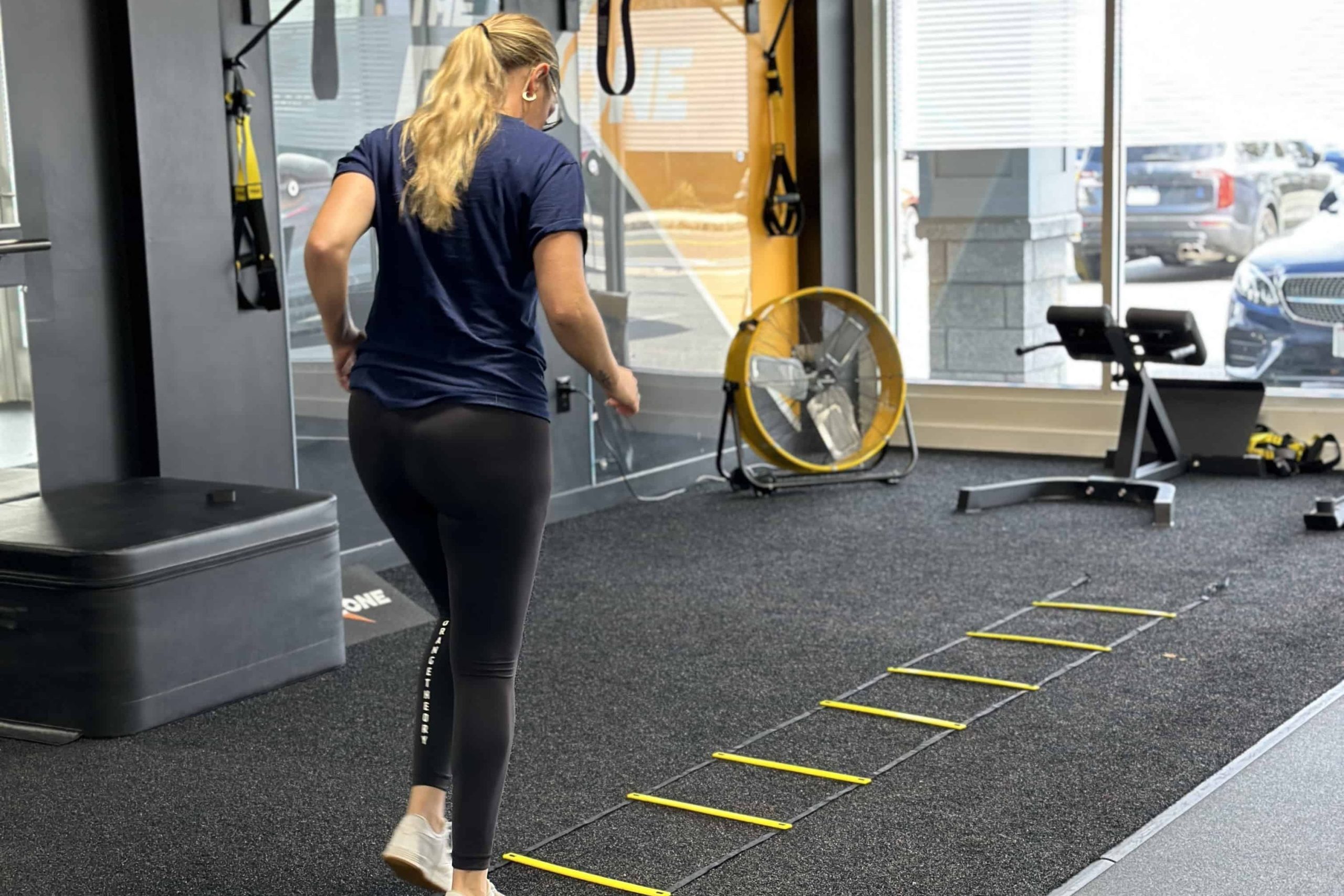
Physical Therapy for Runners focuses on refining running form, addressing muscle imbalances, and enhancing lower-limb stability to prevent injuries and boost performance.
-
Neuromuscular Massage Therapy
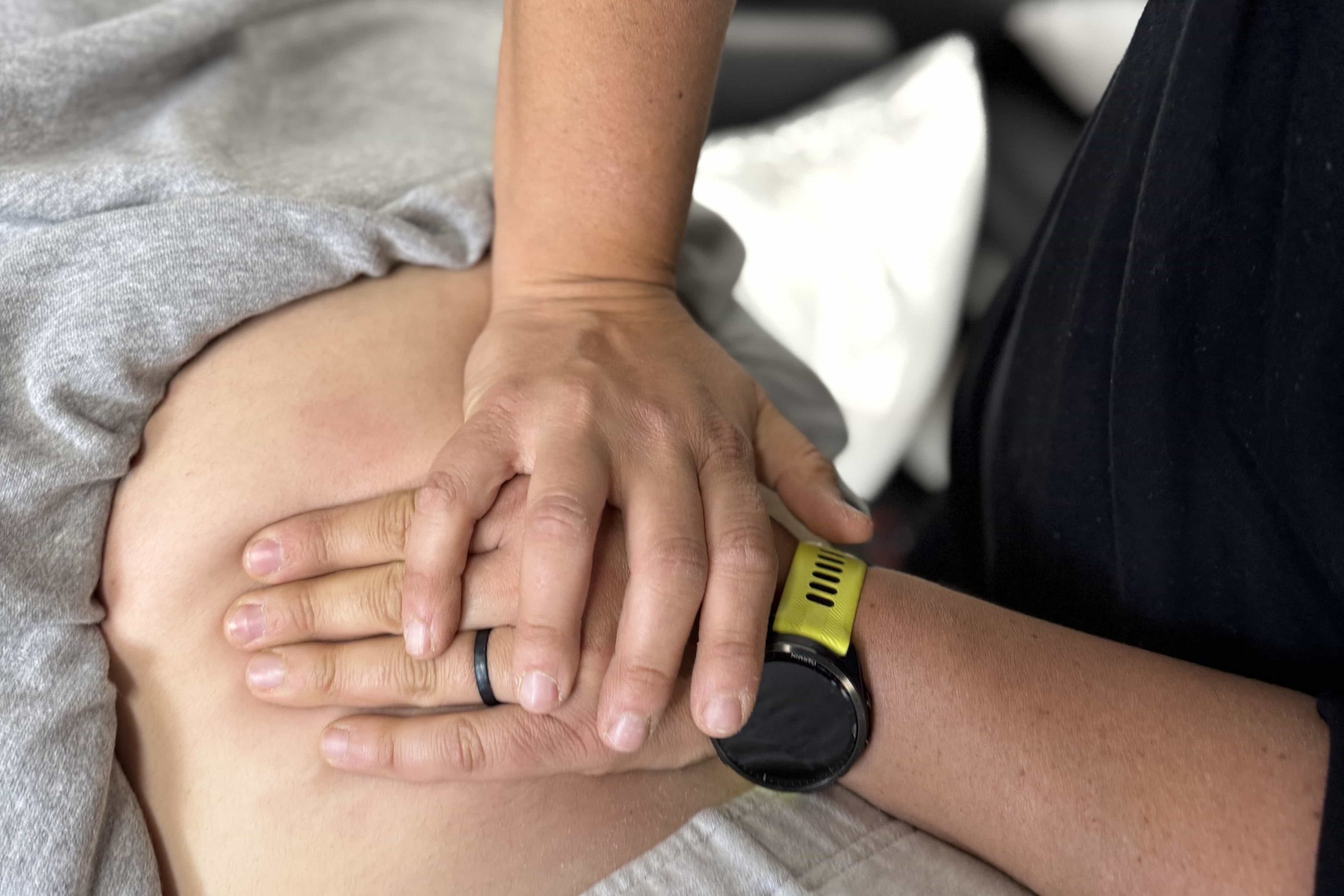
Neuromuscular Massage Therapy (NMT) precisely targets trigger points in muscles and connective tissues, relieving tension, restoring proper function, and promoting long-term pain relief.

The PT Zone is committed to long‑term relief—so you can move freely and without pain.
Our holistic approach transforms piriformis syndrome from a lingering ache into a solved puzzle. Let’s get you back to comfortable sitting, confident strides, and powerful workouts.
Common Questions from Piriformis Syndrome Clients
1. How is piriformis syndrome different from a disc‑related sciatica?
Disc issues pinch the nerve roots in the low back, while piriformis syndrome compresses the sciatic nerve in the buttock. A thorough exam—checking spinal motion, hip rotation, and nerve tension—helps us pinpoint the true source and tailor treatment.
2. Why does sitting make my symptoms worse?
Sitting shortens the piriformis and adds direct pressure where the nerve passes under it—especially with a wallet in the pocket. Frequent standing breaks, seat‑cushion tweaks, and pocket‑emptying reduce that compression while rehab tackles muscle tightness and weakness.
3. Will stretching alone fix piriformis syndrome?
Stretching provides temporary relief but rarely solves the problem by itself. Without strengthening weak hip stabilizers and correcting movement patterns, the muscle tightens again. A balanced plan—release, mobility, and strength—delivers lasting change.
4. How long before I feel better?
Many clients feel less buttock tension within a week or two. Moderate cases resolve in 4–8 weeks with consistent therapy. Long‑standing nerve irritation can take longer, but steady progress is typical once the root drivers are addressed.
5. Can running or cycling cause piriformis syndrome?
Yes—over‑striding, steep uphill mileage, or a saddle that’s too high can overload the piriformis. Smart training tweaks (cadence, bike fit) plus hip‑strength drills let you keep your sport while healing.
6. Do I need an MRI to confirm the diagnosis?
MRI rarely shows piriformis compression directly. Diagnosis is clinical—based on movement tests and ruling out spine problems. Imaging is reserved for red‑flag signs or if conservative care stalls.
7. How do I keep piriformis syndrome from returning?
Maintain hip mobility, keep glutes and core strong, vary sitting positions, and progress training gradually. At the first hint of buttock tightness, resume your mobility drills and lighten provocative activities—that quick response stops minor flare‑ups from becoming chronic pain.















